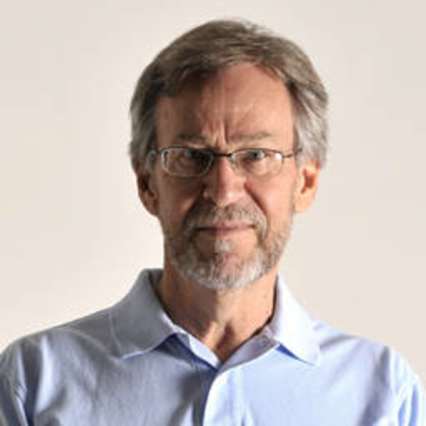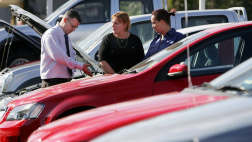The Mazda6 - due in Australia in March 2013 - stores the braking energy in capacitors. The benefit of capacitors include being a fraction of the weight of batteries and the ability to quickly charge and discharge.
The capacitors are marketed under the "i-Eloop'' name and work in conjunction with Mazda's "iStop'' stop-start system. Stop-start turns the engine off when the car is stationary. The stored energy is generally used to restart the engine and help run the airconditioning and audio functions.
But Mazda's system uses a different technique to restart the engine. All the capacitor's power goes into maintaining ventilation, audio and other electrical features while the car is stationary. iStop, which is standard on the Mazda3 SP20 and CX-5, aims to reduce emissions and fuel consumption.
Mazda Australia spokesman Steve Maciver says iStop and i-Eloop are the second "building blocks'' of Mazda's goal to maximise fuel efficiency. "The first was SkyActiv engines and transmissions,'' he says. "Now we're introducing the next step which is to use regenerative braking to further cut emissions and fuel consumption.
"We expect these to be rolled out on future models.''Both models of the next Mazda6 will have the "i-Eloop'' regenerative braking system. Mr Maciver says the new model will be available from launch as a sedan or wagon. "There is no hatch,'' he says. "Our research found that the majority of buyers of the hatch bought it for its coupe styling. Only a small fraction bought it for its larger boot access.
"The next sedan and wagon have a more coupe-like style than the current model.'' Mazda has dropped the liftback from its global production. The Mazda6 will also introduce the SkyActiv 2.5-litre petrol engine, a bigger version of the 2-litre now fitted to the Mazda3 SP20 and CX-5.
It runs on standard unleaded petrol and delivers 138kW/250Nm - up 13kW/24Nm on the current 2.5-litre engine. The 2.2-litre diesel is shared with the CX-5 and has 129kW/420Nm. For the first time, it will go into a Mazda passenger car with an automatic transmission.
* Regenerative braking systems, now common on many vehicles, use a generator to create electricity as a car brakes or coasts. This electricity either tops up the car's existing battery or stores it in additional batteries.



.jpg)
.jpg)

.jpg)

.jpg)
.jpg)




.jpg)

.jpg)



.jpg)
.jpg)

.jpg)
.jpg)

.jpg)

.jpg)


Comments